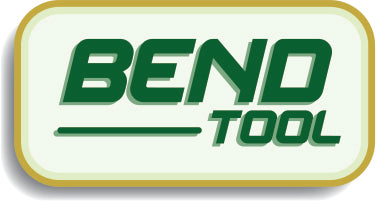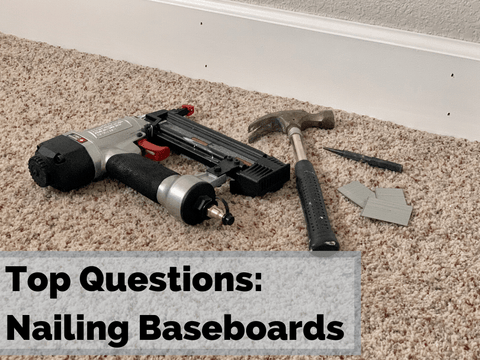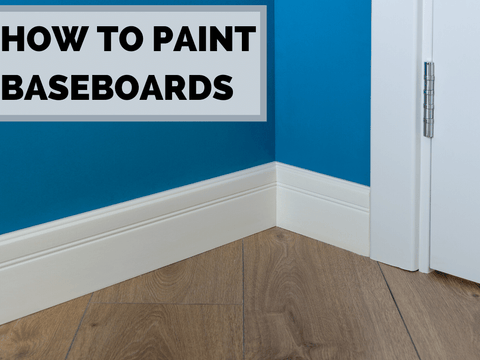
The most common types of wood used for baseboards are:
Hardwoods – Poplar, Cherry, Oak, Maple, Walnut
Softwoods - Pine (Clear, Knotty)
Other types of wood used for baseboards, although not as common, include Mahogany, Hemlock, Basswood, and Cedar.
Common Baseboard Woods and Considerations
How to Determine What Wood to use for Baseboards
The popularity of wood for baseboards can depend on the style and design, and where you are located. Different woods have different moisture content and are better suited for different locations. These factors can be used to determine what type of wood is used:
- If your baseboards will be painted, you do not need an expensive wood.
- If your baseboards will be stained, try different stains, clear coats, or varnishes with different types of wood to achieve your desired look.
- Hardwoods typically hold up better to dents and scratches.
- Painted woods are generally easily to repair (e.g., fill the dent and repaint).
- Your local home center will most likely carry a selection of woods that is best for your area.
Buying Wood for Baseboards
Generally, wood is more expensive than other medium-density fiberboard (MDF) options but can vary greatly in cost. The cost will depend on the total linear feet of the baseboard being installed.
Some manufacturers offer custom design and manufacturing for wood types. For instance, a selected profile can be manufactured using Cherry or another preferred wood.
If you're looking for more baseboard information, check out our post How Do I Choose Baseboard: A DIY Guide.







